[Anchor]
Today (Aug. 21), the highest temperature in Andong, Gyeongbuk, rose to nearly 37 degrees Celsius, continuing the heat wave across the country.
However, many energy-vulnerable groups are struggling to stay cool during the heatwave due to high costs.
The number of vulnerable households receiving energy vouchers, such as electricity and city gas, amounts to over 1.25 million nationwide.
The public cooling centers are one of the few places where the energy-vulnerable can at least cool off.
However, only 30% of those who could use these cooling centers have actually done so.
Reporter Lee Seul-ki investigated why the cooling centers are being overlooked by the energy-vulnerable.
[Report]
Elderly people enjoying meals in the cool air-conditioned breeze.
In this kind of heat, senior centers equipped with cooling facilities are like an oasis in the desert.
The more energy-vulnerable individuals are burdened by cooling costs, the more they need these cooling centers.
[Elderly user of cooling center: "At home, the elderly don't turn on the air conditioner. Because of the money. They don't even turn on the fan and just stay there. Parents are all like that."]
However, even if they want to use the cooling centers, getting there is not easy.
In Gangwon Province, where there are many mountains and transportation is inconvenient, there are about 10,000 energy-vulnerable households living more than 500 meters away from a cooling center.
This accounts for about a quarter of the total energy-vulnerable population in the province.
[Elderly user of cooling center: "I have to go around the mountain and cross the river. It probably takes about 30 more minutes to get here. (Do you take a bus or taxi?) There are none. Everyone brings this kind of stuff."]
Moreover, more than half of the cities and counties nationwide have a capacity for cooling centers that falls short of the number of energy-vulnerable individuals.
Because there are often no seats available even when they go to the centers, some people completely stop trying to go.
[Elderly user of cooling center: "There are too many people and it's a bit cramped. There are at least 20 to 30 people here..."]
Due to the impact of climate change, tropical nights are becoming more frequent, but the fact that many cooling centers are designated based on senior centers that close in the evening is also a problem.
[Kim Ho/Professor, Seoul National University Graduate School of Public Health: "It seems that there are quite a few places that close at night. But considering the heat wave and tropical nights, that's not right. Nowadays, many people sleep with the air conditioner on at night."]
As heat waves are becoming more intense each year, experts point out that it is urgent to designate and support cooling centers considering the distribution of energy-vulnerable populations.
This is KBS News, Lee Seul-ki.
Today (Aug. 21), the highest temperature in Andong, Gyeongbuk, rose to nearly 37 degrees Celsius, continuing the heat wave across the country.
However, many energy-vulnerable groups are struggling to stay cool during the heatwave due to high costs.
The number of vulnerable households receiving energy vouchers, such as electricity and city gas, amounts to over 1.25 million nationwide.
The public cooling centers are one of the few places where the energy-vulnerable can at least cool off.
However, only 30% of those who could use these cooling centers have actually done so.
Reporter Lee Seul-ki investigated why the cooling centers are being overlooked by the energy-vulnerable.
[Report]
Elderly people enjoying meals in the cool air-conditioned breeze.
In this kind of heat, senior centers equipped with cooling facilities are like an oasis in the desert.
The more energy-vulnerable individuals are burdened by cooling costs, the more they need these cooling centers.
[Elderly user of cooling center: "At home, the elderly don't turn on the air conditioner. Because of the money. They don't even turn on the fan and just stay there. Parents are all like that."]
However, even if they want to use the cooling centers, getting there is not easy.
In Gangwon Province, where there are many mountains and transportation is inconvenient, there are about 10,000 energy-vulnerable households living more than 500 meters away from a cooling center.
This accounts for about a quarter of the total energy-vulnerable population in the province.
[Elderly user of cooling center: "I have to go around the mountain and cross the river. It probably takes about 30 more minutes to get here. (Do you take a bus or taxi?) There are none. Everyone brings this kind of stuff."]
Moreover, more than half of the cities and counties nationwide have a capacity for cooling centers that falls short of the number of energy-vulnerable individuals.
Because there are often no seats available even when they go to the centers, some people completely stop trying to go.
[Elderly user of cooling center: "There are too many people and it's a bit cramped. There are at least 20 to 30 people here..."]
Due to the impact of climate change, tropical nights are becoming more frequent, but the fact that many cooling centers are designated based on senior centers that close in the evening is also a problem.
[Kim Ho/Professor, Seoul National University Graduate School of Public Health: "It seems that there are quite a few places that close at night. But considering the heat wave and tropical nights, that's not right. Nowadays, many people sleep with the air conditioner on at night."]
As heat waves are becoming more intense each year, experts point out that it is urgent to designate and support cooling centers considering the distribution of energy-vulnerable populations.
This is KBS News, Lee Seul-ki.
■ 제보하기
▷ 카카오톡 : 'KBS제보' 검색, 채널 추가
▷ 전화 : 02-781-1234, 4444
▷ 이메일 : kbs1234@kbs.co.kr
▷ 유튜브, 네이버, 카카오에서도 KBS뉴스를 구독해주세요!
- Cooling centers underused
-
- 입력 2025-08-22 00:49:02
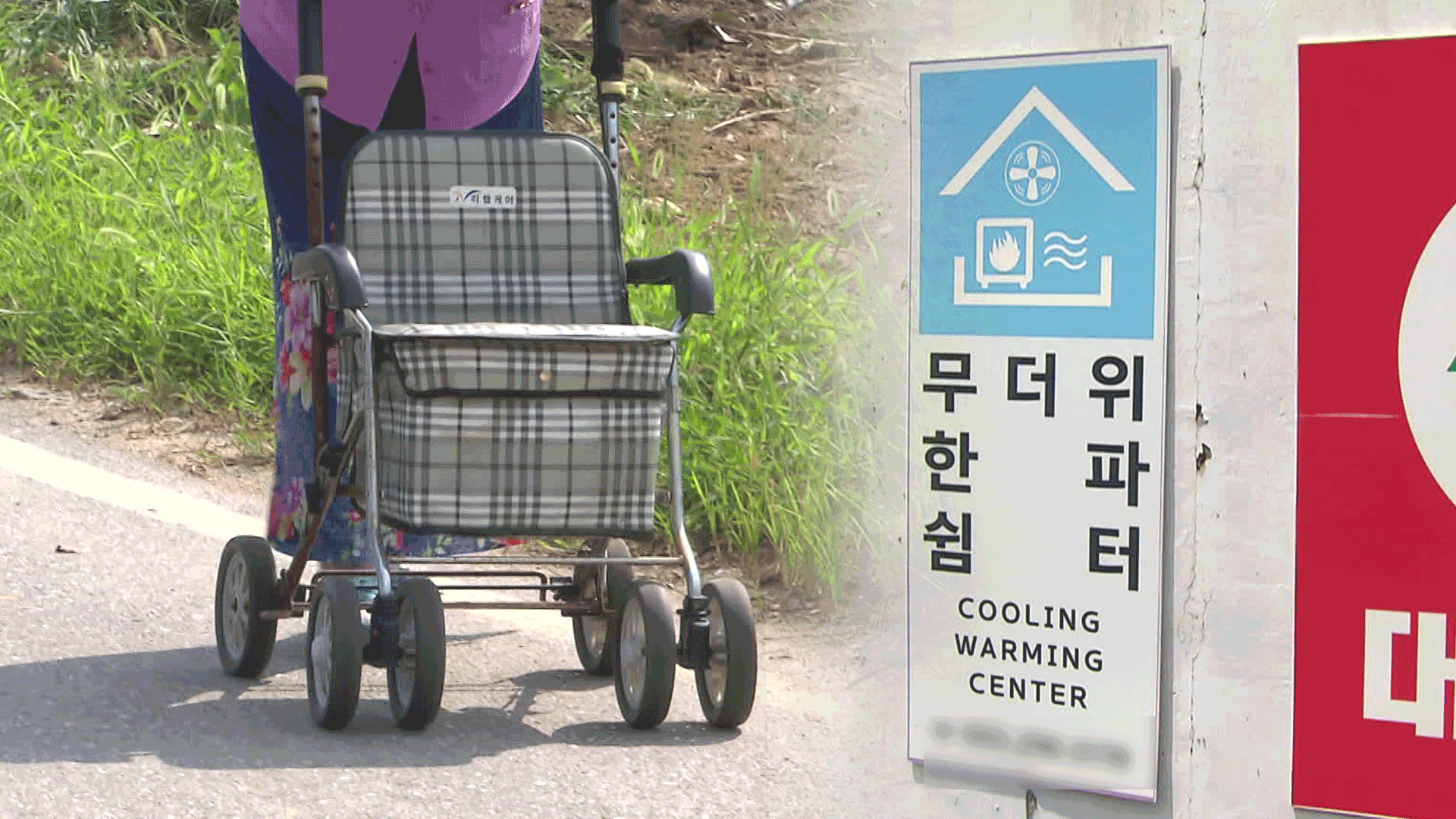
[Anchor]
Today (Aug. 21), the highest temperature in Andong, Gyeongbuk, rose to nearly 37 degrees Celsius, continuing the heat wave across the country.
However, many energy-vulnerable groups are struggling to stay cool during the heatwave due to high costs.
The number of vulnerable households receiving energy vouchers, such as electricity and city gas, amounts to over 1.25 million nationwide.
The public cooling centers are one of the few places where the energy-vulnerable can at least cool off.
However, only 30% of those who could use these cooling centers have actually done so.
Reporter Lee Seul-ki investigated why the cooling centers are being overlooked by the energy-vulnerable.
[Report]
Elderly people enjoying meals in the cool air-conditioned breeze.
In this kind of heat, senior centers equipped with cooling facilities are like an oasis in the desert.
The more energy-vulnerable individuals are burdened by cooling costs, the more they need these cooling centers.
[Elderly user of cooling center: "At home, the elderly don't turn on the air conditioner. Because of the money. They don't even turn on the fan and just stay there. Parents are all like that."]
However, even if they want to use the cooling centers, getting there is not easy.
In Gangwon Province, where there are many mountains and transportation is inconvenient, there are about 10,000 energy-vulnerable households living more than 500 meters away from a cooling center.
This accounts for about a quarter of the total energy-vulnerable population in the province.
[Elderly user of cooling center: "I have to go around the mountain and cross the river. It probably takes about 30 more minutes to get here. (Do you take a bus or taxi?) There are none. Everyone brings this kind of stuff."]
Moreover, more than half of the cities and counties nationwide have a capacity for cooling centers that falls short of the number of energy-vulnerable individuals.
Because there are often no seats available even when they go to the centers, some people completely stop trying to go.
[Elderly user of cooling center: "There are too many people and it's a bit cramped. There are at least 20 to 30 people here..."]
Due to the impact of climate change, tropical nights are becoming more frequent, but the fact that many cooling centers are designated based on senior centers that close in the evening is also a problem.
[Kim Ho/Professor, Seoul National University Graduate School of Public Health: "It seems that there are quite a few places that close at night. But considering the heat wave and tropical nights, that's not right. Nowadays, many people sleep with the air conditioner on at night."]
As heat waves are becoming more intense each year, experts point out that it is urgent to designate and support cooling centers considering the distribution of energy-vulnerable populations.
This is KBS News, Lee Seul-ki.
Today (Aug. 21), the highest temperature in Andong, Gyeongbuk, rose to nearly 37 degrees Celsius, continuing the heat wave across the country.
However, many energy-vulnerable groups are struggling to stay cool during the heatwave due to high costs.
The number of vulnerable households receiving energy vouchers, such as electricity and city gas, amounts to over 1.25 million nationwide.
The public cooling centers are one of the few places where the energy-vulnerable can at least cool off.
However, only 30% of those who could use these cooling centers have actually done so.
Reporter Lee Seul-ki investigated why the cooling centers are being overlooked by the energy-vulnerable.
[Report]
Elderly people enjoying meals in the cool air-conditioned breeze.
In this kind of heat, senior centers equipped with cooling facilities are like an oasis in the desert.
The more energy-vulnerable individuals are burdened by cooling costs, the more they need these cooling centers.
[Elderly user of cooling center: "At home, the elderly don't turn on the air conditioner. Because of the money. They don't even turn on the fan and just stay there. Parents are all like that."]
However, even if they want to use the cooling centers, getting there is not easy.
In Gangwon Province, where there are many mountains and transportation is inconvenient, there are about 10,000 energy-vulnerable households living more than 500 meters away from a cooling center.
This accounts for about a quarter of the total energy-vulnerable population in the province.
[Elderly user of cooling center: "I have to go around the mountain and cross the river. It probably takes about 30 more minutes to get here. (Do you take a bus or taxi?) There are none. Everyone brings this kind of stuff."]
Moreover, more than half of the cities and counties nationwide have a capacity for cooling centers that falls short of the number of energy-vulnerable individuals.
Because there are often no seats available even when they go to the centers, some people completely stop trying to go.
[Elderly user of cooling center: "There are too many people and it's a bit cramped. There are at least 20 to 30 people here..."]
Due to the impact of climate change, tropical nights are becoming more frequent, but the fact that many cooling centers are designated based on senior centers that close in the evening is also a problem.
[Kim Ho/Professor, Seoul National University Graduate School of Public Health: "It seems that there are quite a few places that close at night. But considering the heat wave and tropical nights, that's not right. Nowadays, many people sleep with the air conditioner on at night."]
As heat waves are becoming more intense each year, experts point out that it is urgent to designate and support cooling centers considering the distribution of energy-vulnerable populations.
This is KBS News, Lee Seul-ki.
-
-

이슬기 기자 wakeup@kbs.co.kr
이슬기 기자의 기사 모음
-
이 기사가 좋으셨다면
-
좋아요
0
-
응원해요
0
-
후속 원해요
0










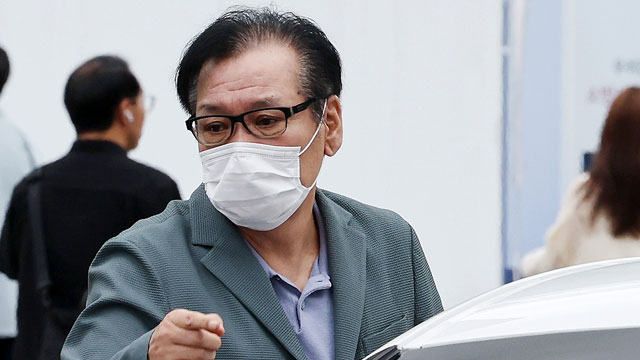
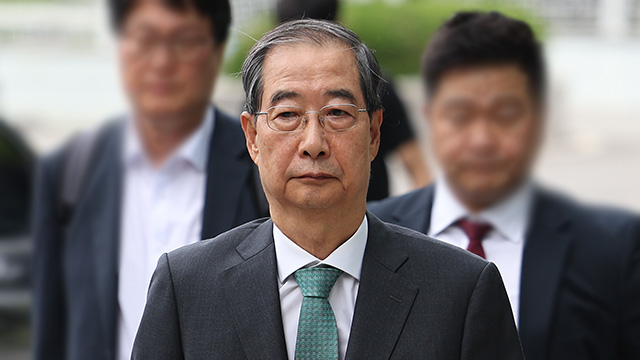
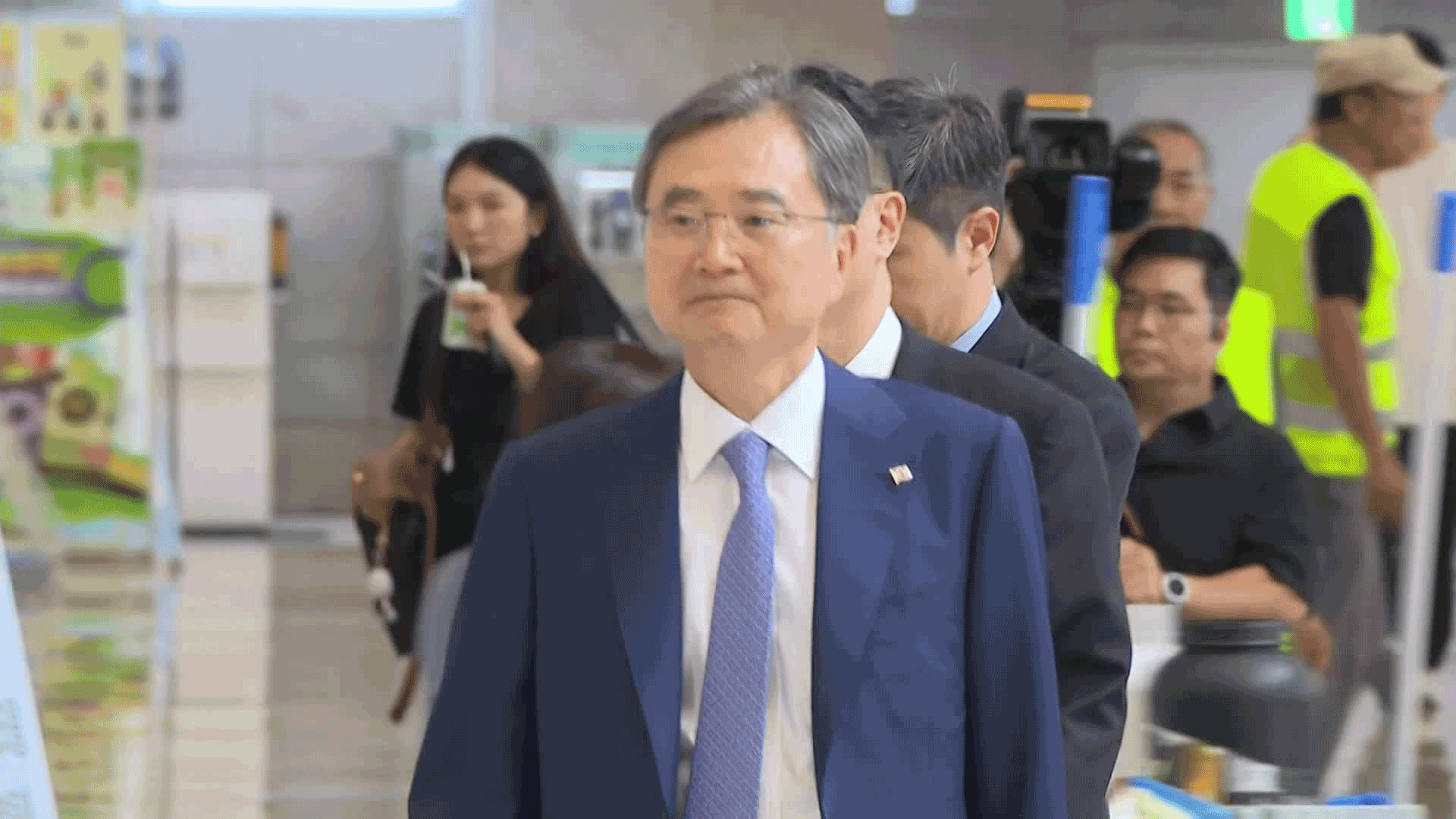
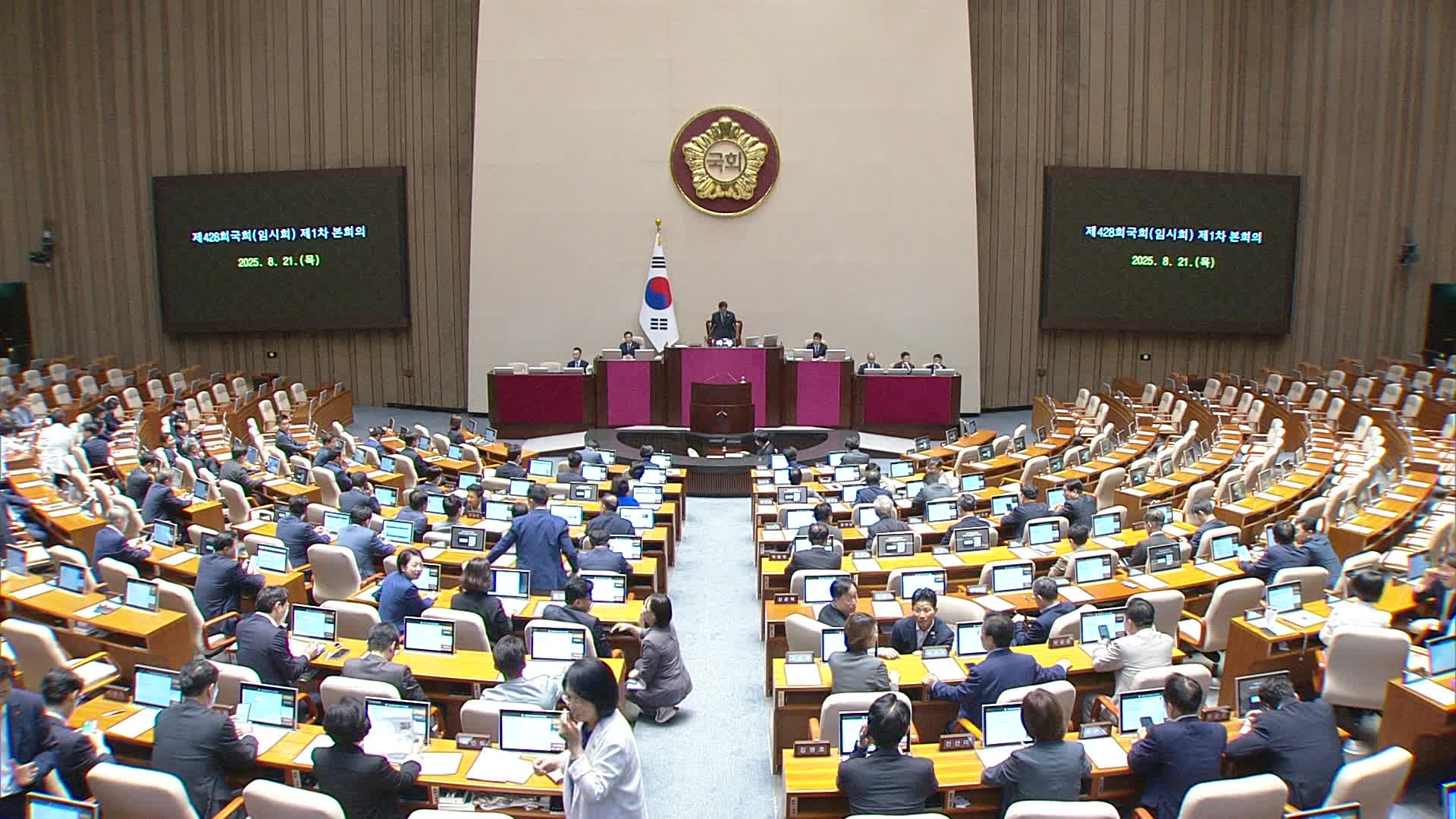

이 기사에 대한 의견을 남겨주세요.